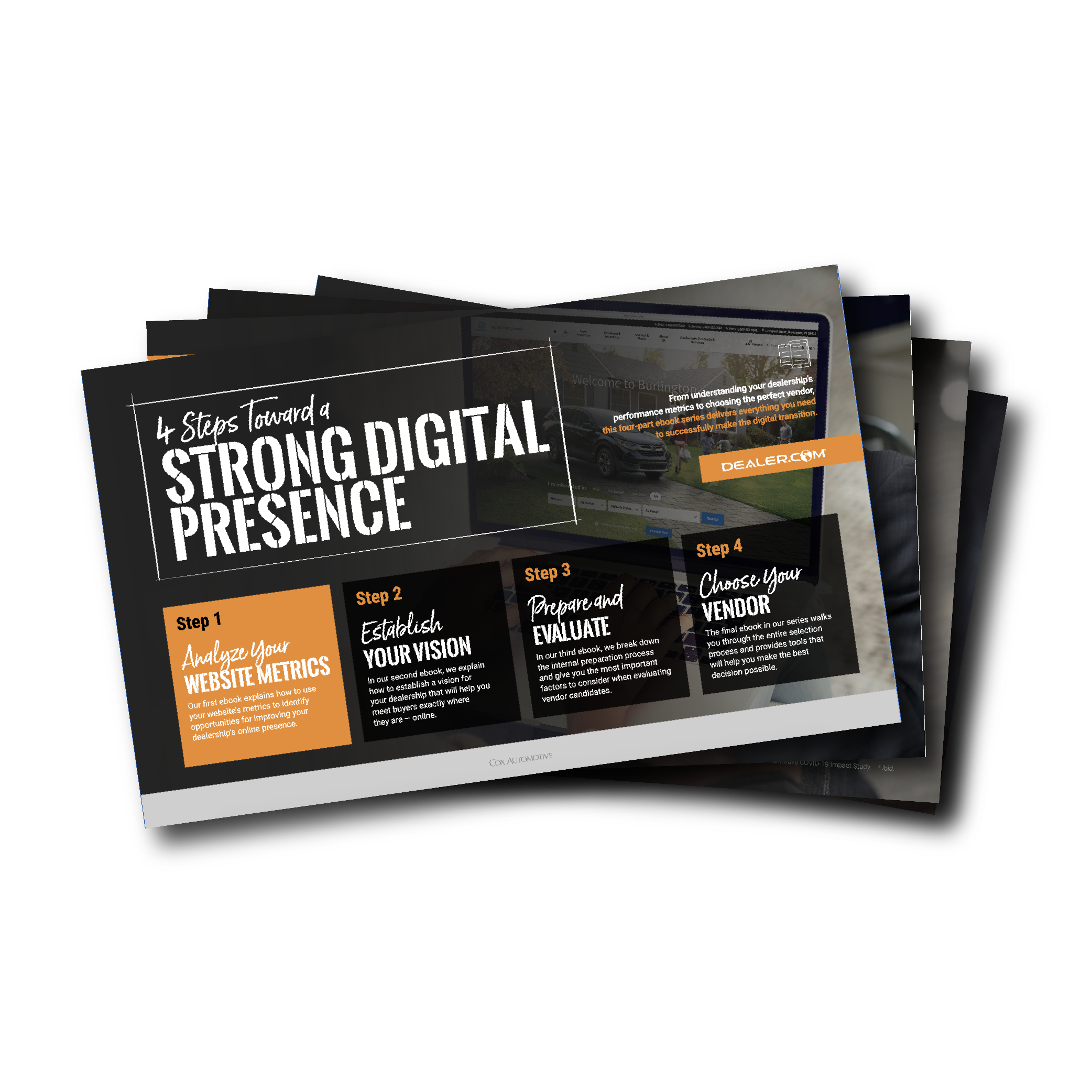
Well before 2020, and the disruptions that occurred during this tumultuous year, dealers have known that automotive retail is destined to increasingly take place online.
There has been a dramatic digital shift in the automotive retail marketplace in recent months. As a result, digital retailing is more important than ever before. The existing automotive digital retailing transition has been unexpectedly accelerated. Dealers need to consider the implications of this trend, and how the resulting challenges and opportunities may require them to take action.
In this post, we share insights into the state of digital retailing and how these tools are both evolving to meet consumer needs and generate automobile leads.
Digital Retailing helps dealers meet consumers where they want to shop.
Consumer preferences for how to shop for and purchase vehicles changed in 2020. From learning about new models and exploring dealership inventory to penciling a deal and obtaining a trade-in vehicle valuation, there was suddenly a strong desire to accomplish each of these steps with minimal physical interaction with dealership staff.
What better way to do this, than to stay home and work through a dealership’s website? These circumstances made digital retailing a valuable component for automotive retail operations, and they forced dealers to reset and engage differently.
For many dealers, this change could not be accommodated overnight. There was an urgent need to make sure they were up to speed and had the right tools to let consumers shop how and where they wanted. To fulfill this, adjustments to processes and technology investments might have been required in order to optimize the online experience and continue functioning.
Ultimately, technology is the vehicle for the transaction, and not the endgame. The focus is on building a connection with the shopper.
Digital Retailing won’t replace dealership staff.
There is no question that automotive digital retailing now plays a key and expanding role in the initiation and execution of leads and deals, among its other contributions. As a result, a common question within dealer circles is how far will the technology and consumer preferences evolve? Will digital retailing take the place of shopping in the showroom?
Tools and technologies will continue to expand the capabilities of digital retailing, giving the consumer a tailored experience when buying a new vehicle. However, it is not expected to become the complete picture for the future of car-buying.
Digital Retailing is an invaluable tool for in-market shoppers, but it does not check every box. Instead, the future of automotive retail points to assisted shopping experiences.
Digital Retailing supports a hybrid shopping experience.
Thanks to the increase in adoption across many products and services, digital retailing is fast becoming the standard practice for doing business. Consumers are increasingly feeling comfortable and empowered doing business online, so long as they are equipped with the necessary tools to complete the process.
To understand the desire for an assisted experience, step into the shoes of the average consumer who is serious about purchasing a new vehicle in the near future. There are generally 3 shopping styles:
- Assistance is needed or wanted from the very beginning
- No assistance is needed or wanted start to finish, or it is self-service
- A hybrid approach, where assistance is required to answer questions about the inventory, offers, or the retail process
Purchasing a new vehicle is one of the largest financial moves most consumers will make, so It is comforting and confidence-building to have an expert available to provide guidance or assistance.
These days, an increasing share of car shopping is happening through automotive websites before consumers enter a dealership. Through industry-leading technology and expertise, Dealer.com is the digital marketing partner a dealer needs to master consumer experiences.
